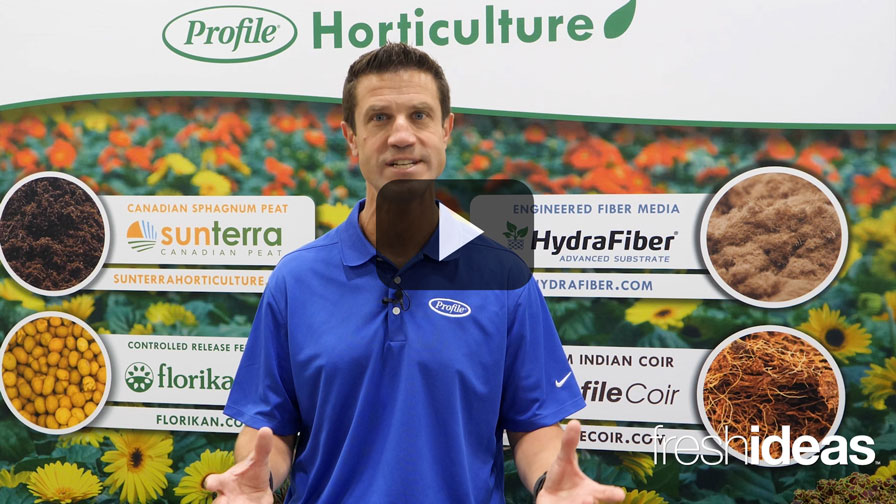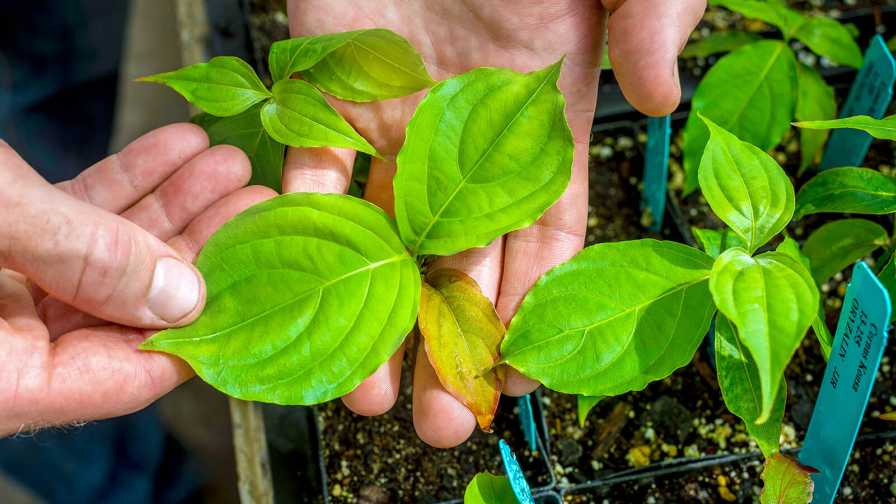Waste Watchers
The annual Seeley Conference is designed to promote discussion of issues important to the future of commercial floriculture. And from the words of the first speaker – “Nobody’s making the money they should” – it was clear that this year’s conference was all about the bottom line.
In fact, the theme of the twenty-second annual Seeley Conference was “Profit Squeeze – Is There A Solution?” Conference organizers posed the question: “Will the industry’s profit squeeze be overcome through innovative approaches resulting in less costly operations, by improving the value of our products or both?”
A possible answer to that question is one of the more talked-about subjects in the greenhouse industry today: Lean Horticulture, and this year’s meeting focused in large part on just that idea. The Lean philosophy was presented and discussed from the perspective of bankers, grocery chain buyers, traditional retailers, wholesalers, manufacturers and growers.
What Lean Means
As the conference proceeded, reactions from attendees toward the idea ranged from skepticism to intense interest. One thing that was pretty clear from beginning, however – dropping into the middle of a discussion about Lean techniques can be a confusing experience for the uninitiated. Lean has a language all its own, with practitioners tossing around words like “Kaizen,” Kanban” and “Takt” (see Speak The Language sidebar). Broken down to its most basic form, though, the concept of Lean Horticulture is pretty much just common sense to anyone in the business: It’s all about your customer. The Lean philosophy says that a company should define value from the viewpoint of the customer and eliminate or reduce everything else. If a customer is willing to pay you for something, it has value. Anything they don’t want to pay for is, by definition, waste.
Some “waste” – costs that go into overhead, transportation, salaries, etc. – is necessary, of course, and can’t be eliminated. On the other hand, variables such as overproduction, excess inventory, extra motion or unnecessary product handling are considered “pure waste” and should be eliminated from the process, since they don’t contribute to what the customer ultimately wants.
Businesses implementing a Lean program identify an area with waste and go through an intensive, hands-on process to find ways to reduce or eliminate the excess motion, effort, time or expense.
The People Factor
The real benefit of Lean, said proponents, is not the immediate cost savings. Rather, it’s teaching people to think differently and training them to look for new ideas. Changing people, however, is harder than changing process, they pointed out.
From firsthand experience, many of the growers at the conference explained that a common fear from employees asked to participate in a Lean program is that their jobs are in danger. And, indeed, one of the bottom-line benefits of the process is finding efficiencies in a specific procedure and, often, becoming more productive with fewer people. However, most speakers reported that by becoming more efficient, they were able to free up workers for other tasks, and cross-train them for new jobs, making the entire operation even more flexible. And ideally, if you train people well enough, they will self-manage a lot more. “You’ll still need a supervisor to keep the plates spinning,” said one grower, “but the need to micromanage everything is greatly reduced.”
Perpetual Progress
A common mindset in business is to view everything as a project with a beginning, middle and end. That’s a fatal mistake for anyone trying to implement Lean said many of its practitioners. “Lean never ends,” emphasized more than one speaker. The idea is that this commitment to a Lean culture in your business requires that you continuously look for ways to streamline your business, providing more value and less waste.
How do you make Lean sustainable over time? It needs to become part of your company culture, stressed several of the speakers. “You need a good system in place with a well-oriented, trained staff.”
Like any business management technique, Lean isn’t always implemented without a hitch. While most of the growers at the meeting who had adopted lean practices seemed more than happy with the results overall, each also spoke about challenges he faced, and suggested steps he took to avoid more problems in the future.
• Do post-mortems after instituting a change. Talk about what went right and what you can improve on the next time you go through the process.
• Don’t focus on cutting costs alone. It will make you myopic. Don’t lose sight of the fact that Lean is all about the customer.
• Be persistent, avoid backsliding and sustain change. Sacrifice the number of changes you make in order to sustain the ones you’ve already done.
• Make sure you have buy in from the top of the company. If they don’t support what you’re doing, neither will anyone else in the long run.
• Address the fence sitters. They’ll bring you down if you’re not careful.
In the end, one of the keys to success with Lean Horticulture is just getting started, they said. “You have to have a bias for action,” said one grower.
“Don’t overanalyze. Just do it,” added another speaker. “It’s a continual process. If something doesn’t work out as well as you hoped, you just start again.”









